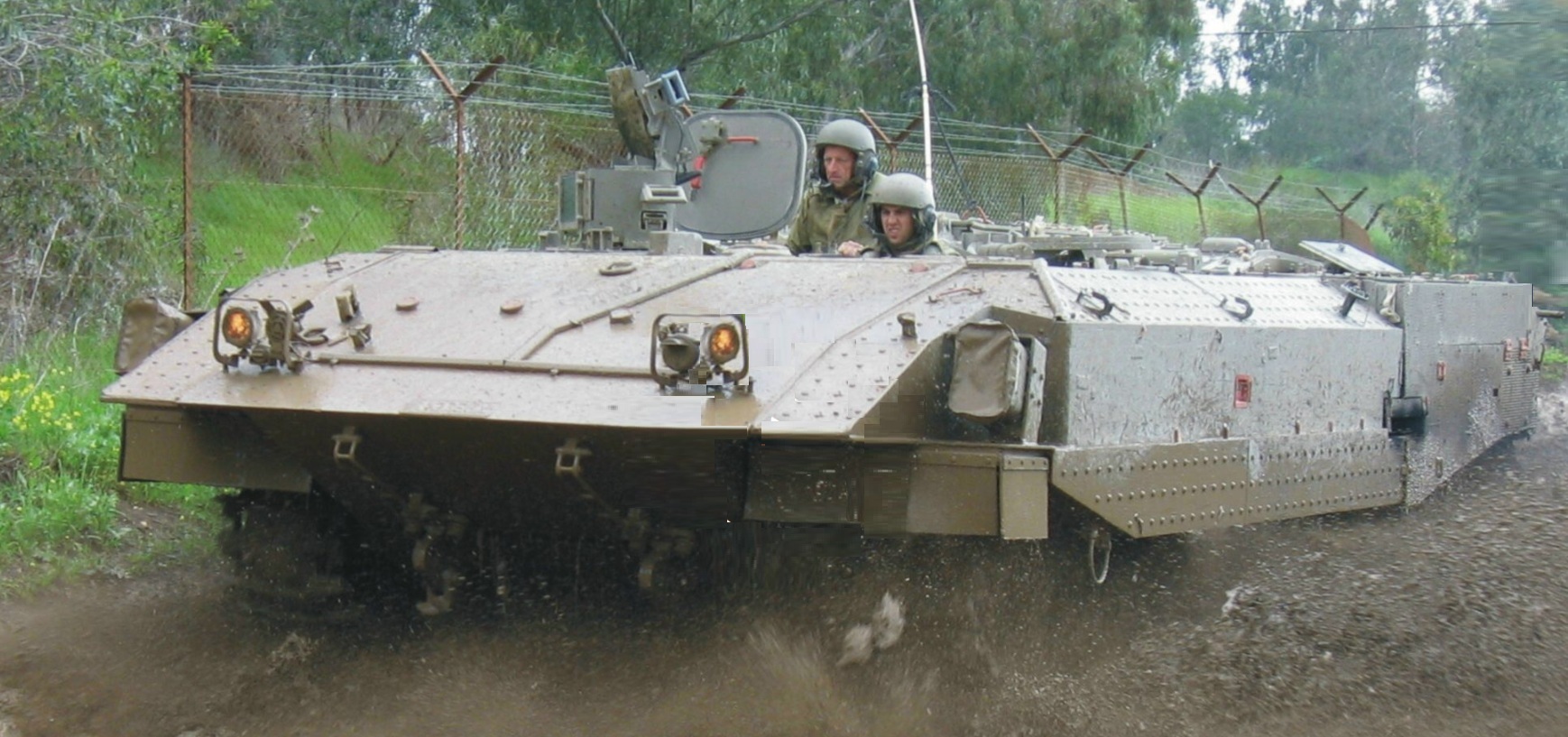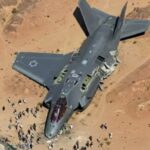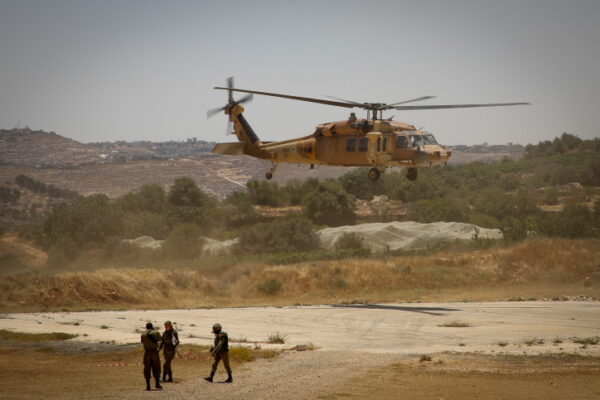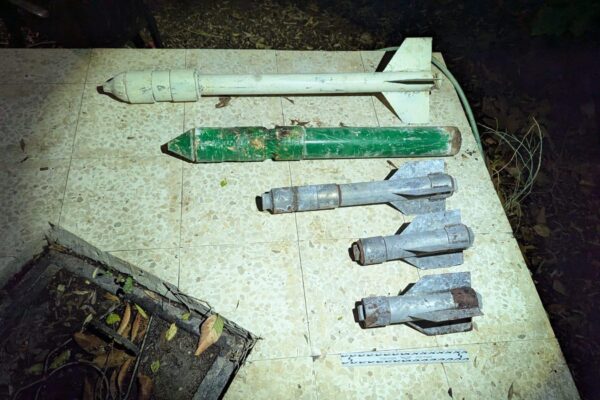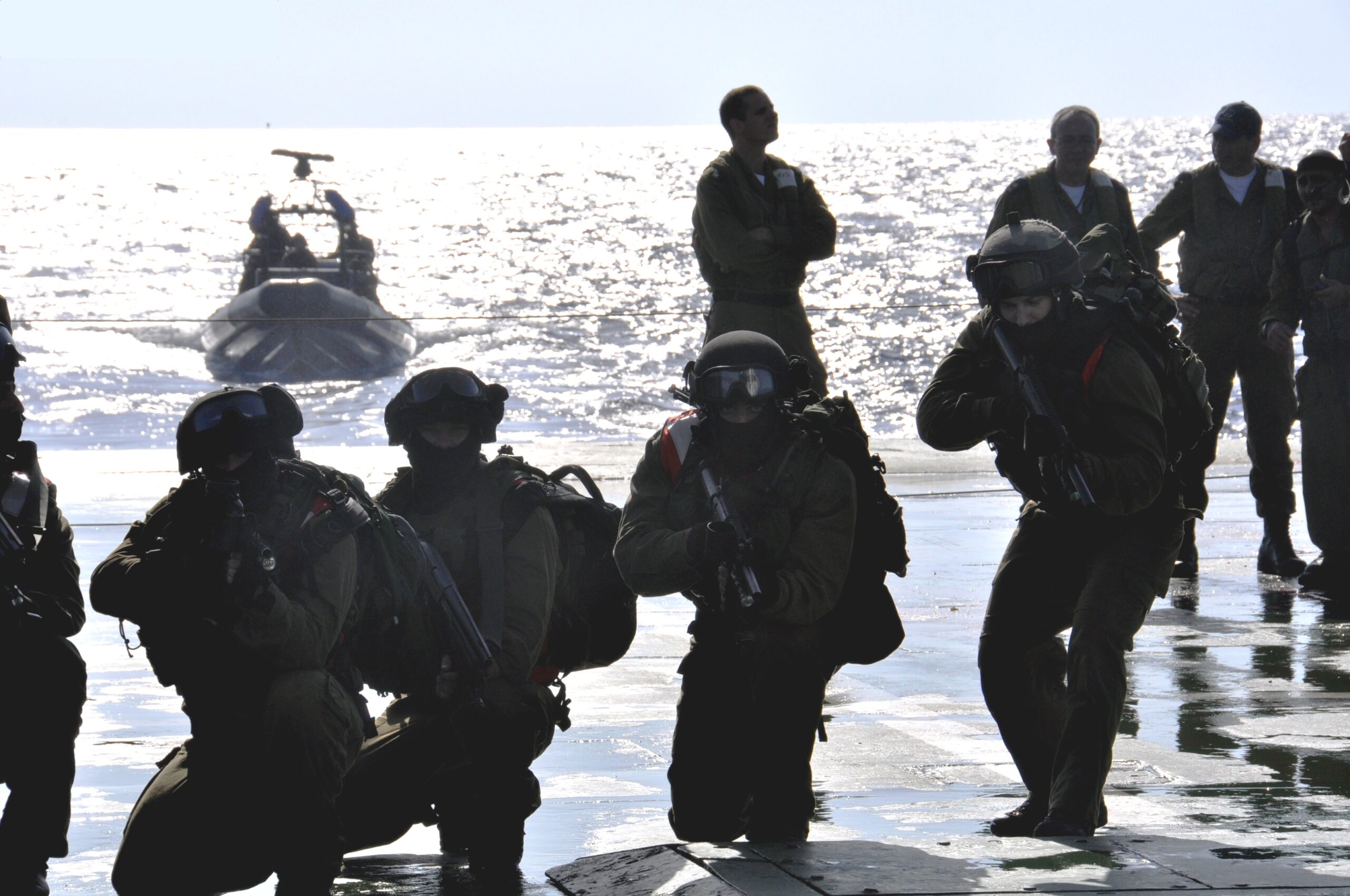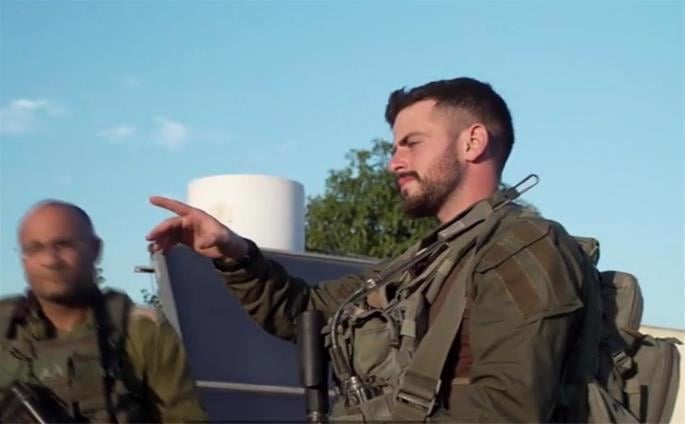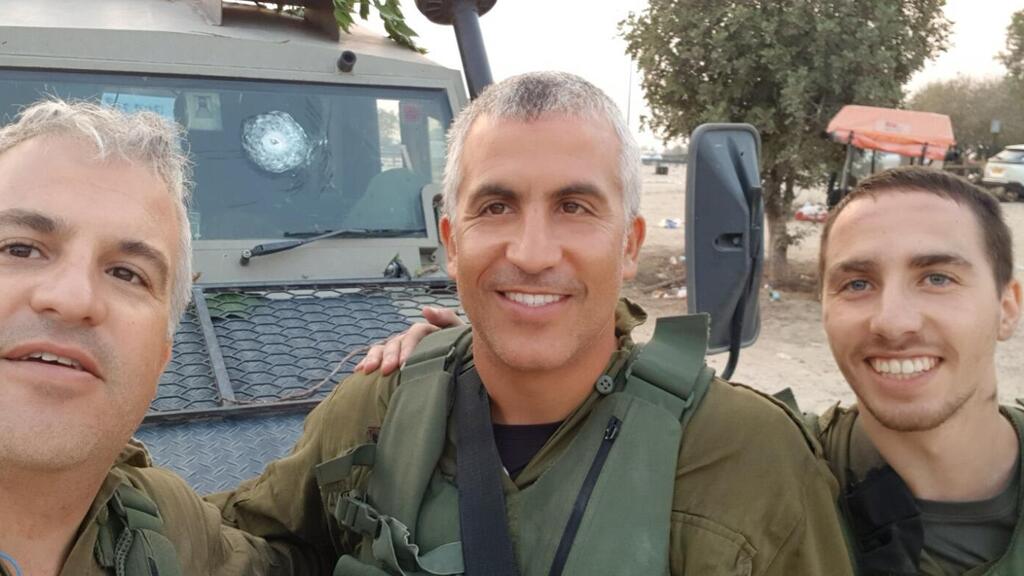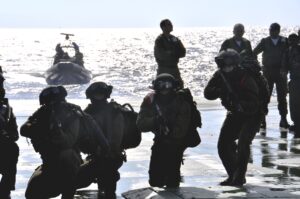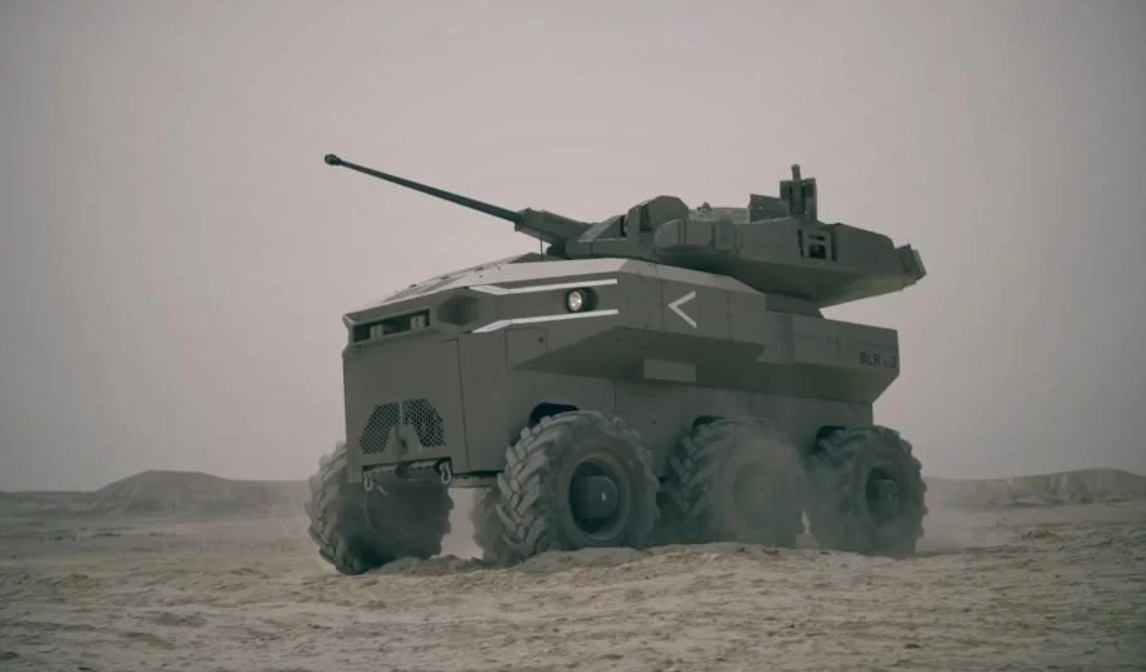How Israel gained the broadest experience in the world in exploiting captured weapons.
By Hezy Laing
Israel has long been recognized for its exceptional ability to exploit captured weapons, a practice that spans decades and has become a strategic cornerstone of its defense doctrine.
From its earliest conflicts, the IDF has systematically seized, studied, and repurposed enemy equipment, turning battlefield spoils into valuable assets.
This tradition began during the 1948 War of Independence and gained momentum after the 1967 Six-Day War, the 1973 Yom Kippur War, and the 1982 Lebanon War, when Israel captured hundreds of Soviet-made tanks (T-54, T-55, and T-62) and artillery from Arab armies.
Rather than scrap these vehicles, Israel began converting them into Achzarit APCs starting in the late 1980s.
The Achzarit uses the chassis of the T-55 tank but replaces its turret with a troop compartment and adds advanced armor and defensive systems.
This conversion was driven by Israel’s need for heavily protected troop carriers capable of surviving urban and asymmetric warfare environments.
The Achzarit is known for its thick composite armor, which offers superior protection compared to traditional APCs like the M113.
It can carry up to 10 soldiers and is equipped with remote-controlled weapon stations.
Israel produced around 500 Achzarit vehicles, and although some have been phased out, approximately 100 remain in service.
The success of this program influenced later designs like the Namer, which is based on the Merkava tank chassis.
By the mid-1970s, captured tanks made up nearly 20% of the IDF’s armored fleet.
The exploitation of captured weapons is not limited to hardware integration.
It serves a vital role in intelligence gathering and tactical analysis.
The IDF’s Amshat Unit, in collaboration with the Military Intelligence Directorate, is tasked with examining seized materiel—from Katyusha rockets and anti-tank guided missiles (ATGMs) to drones and small arms.
These insights help Israel develop countermeasures, refine its own weapons systems, and train troops using realistic enemy equipment.
This approach continues today.
During Operation Northern Arrows (2024–2025), the IDF captured an unprecedented quantity of Russian Kornet and Iranian Almas ATGMs from Hezbollah in southern Lebanon.
Initially slated for disposal, the volume of captured weapons—reportedly transported in dozens of trucks—prompted a strategic reassessment.
Israeli authorities are now considering forming new anti-tank units equipped with these systems.
The Kornet uses laser beam riding guidance with a range of 5.5 km, while the Almas family includes variants with ranges from 4 km to as much as 16 km, using fiber-optic wire guidance similar to Israel’s own Spike missile.
Beyond tactical use, captured weapons fuel Israel’s defense R&D.
Companies like Rafael and Elbit Systems incorporate insights from enemy technology to enhance domestic systems.
Whether for battlefield adaptation, intelligence exploitation, or technological innovation, Israel’s mastery of captured weapons remains unmatched.
It turns threats into tools and deepens its strategic edge.


